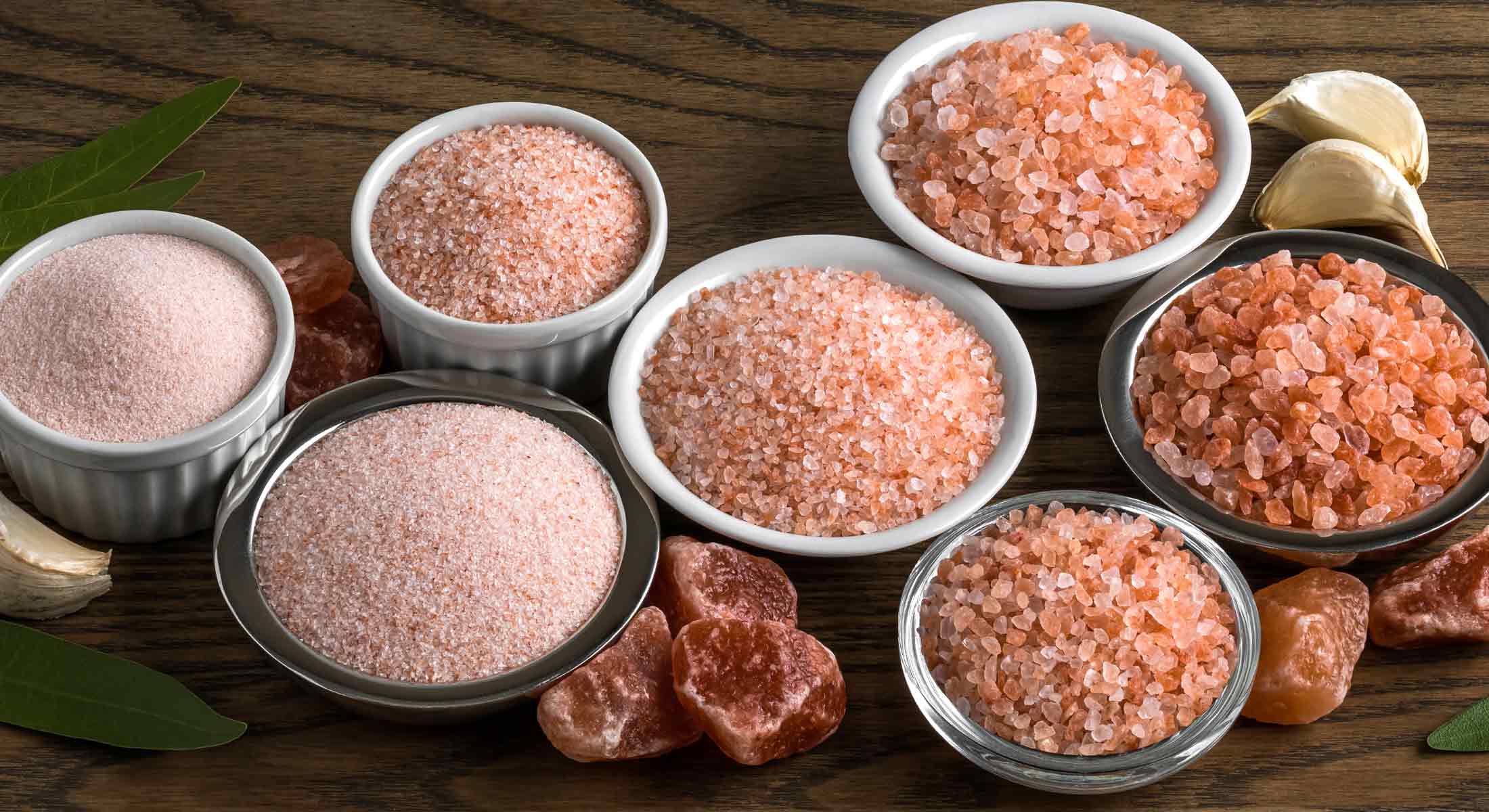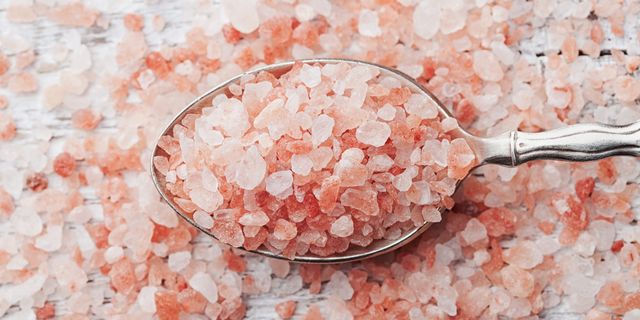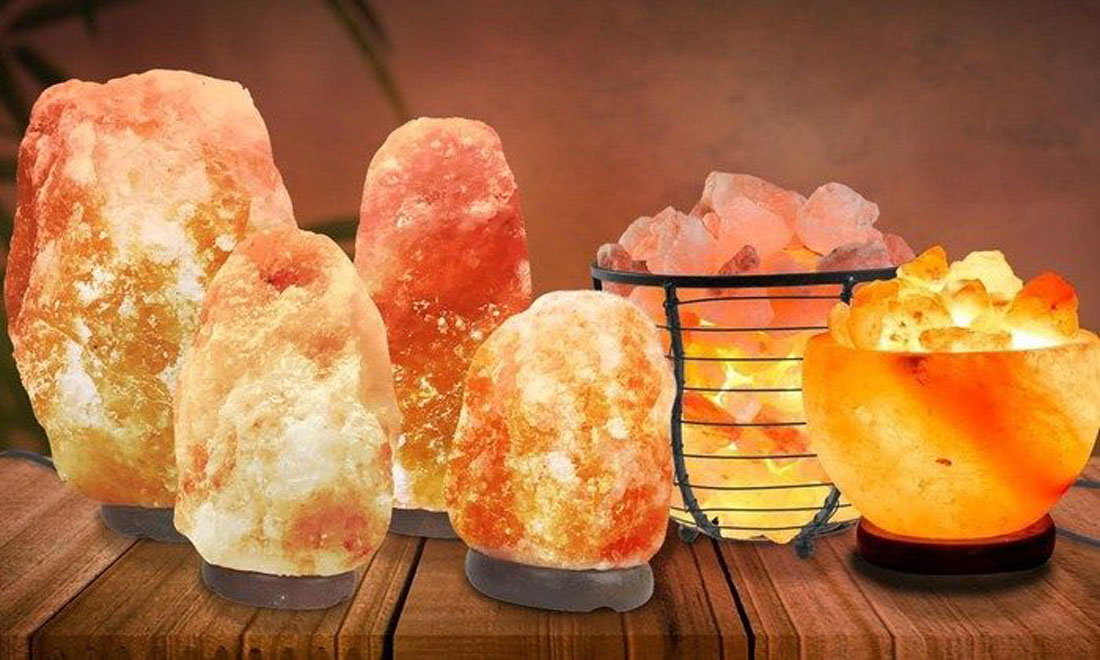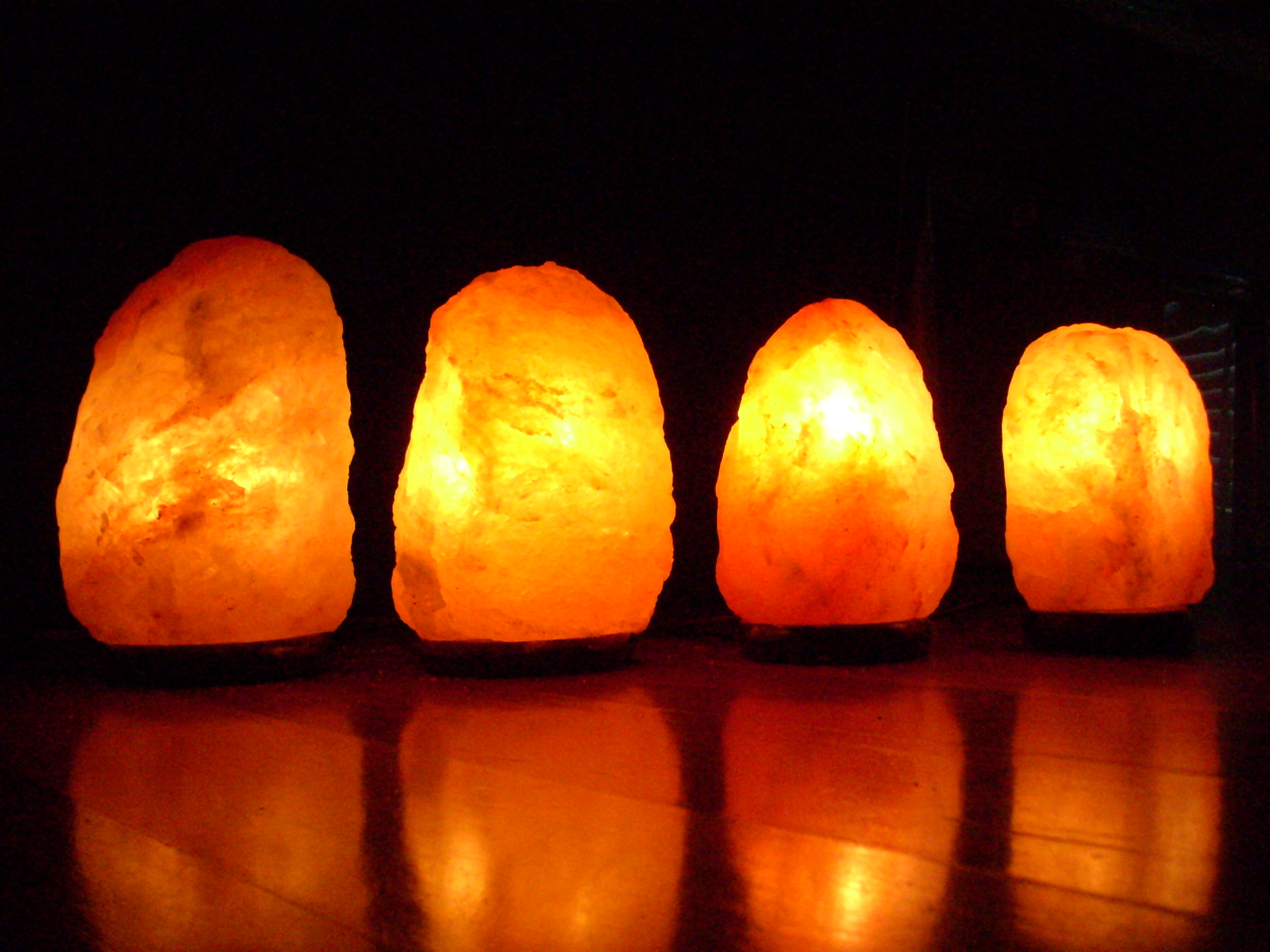We are Miner, Manufacturer, Supplier & Exporter of Himalayan Rock Salt Products
We at ADG international strive to offer comprehensive solutions of Himalayan salt product throughout our supply chain by driving out unnecessary costs and focusing attention on adding value. We are dedicated to improve and search for excellence and everything proves the great efforts from the sourcing and manufacturing process to product quality control to an effective support service.
We can offer you tailor-made products in the light of your specific need and request, our purpose-built plant is equipped with modern facilities to manufacture the A category of Himalayan Edible Salt for clients.
Featured Products
Himalayan Salt – also known as ‘Halite’ is a soft edible crystal mineral. Himalayan mineral salt is unique in that the crystals form perfect geometric patterns. Its crystal hues range from white, to a variety of pink, orange and dark reds to almost black/purple. The colours of the crystal vary from pure white, pinks, oranges to deep reds, and sometimes a mixture of all. The reason for the variations of the Himalayan Crystal Mineral Salt is caused by the infusion of iron along with over 80 other minerals within the salt crystal. The richer the iron content, the richer the pinks, oranges and reds appear in the crystal. Himalayan Salt like with all crystals, minerals and precious gemstones, if there is iron present, it alters the colour to a pinky/red/orange colour.
Himalayan crystal mineral salt is an ancient prehistoric ocean trapped in the Himalayan Mountain ranges, which formed over 200 million years ago. Known for centuries for its wide range of healing and nutritional properties, Himalayan Salt has been long considered an extremely valuable gift from nature.
Actinium, Aluminium, Antimony, Astatine, Barium, Beryllium, Bismuth, Boron, Bromine, Cadmium, Calcium, Carbon, Cerium, Caesium, Chlorine, Chromium, Cobalt, Copper, Dysprosium, Erbium, Europium, Fluorine, Francium, Gadolinium, Gallium, Germanium, Gold, Hafnium, Holmium, Hydrogen, Indium, Iodine, Iridium, Iron, Lanthanum, Lead, Lithium, Lutetium, Magnesium, Manganese, Mercury, Molybdenum, Neodymium, Neptunium, Nickel, Niobium, Nitrogen, Osmium, Oxygen, Palladium, Phosphorus, Platinum, Plutonium, Polonium, Potassium, Praseodymium, Protactinium, Radium, Rhenium, Rhodium, Rubidium, Ruthenium, Samarium, Scandium, Selenium, Silicon, Silver, Sodium, Strontium, Sulphur, Tantalum, Tellurium, Terbium, Thallium, Thorium, Thulium, Tin, Titanium, Uranium, Vanadium, Wolfram, Yttrium, Ytterbium, Zinc and Zirconium.
Himalayan Salt was first discovered by Alexander the Great and his soldiers. In desperate need of food and water supplies, it was the soldier’s tired and hungry horses that led them straight to the Himalayan mineral salt when they were travelling through the region. The soldiers then chipped off huge chunks to take with them on their travels for essential survival.
Himalayan Crystal Salt was then later mined for its valuable minerals for the local people and trades by Mughal Emperor Jalaluddin Muhammad Akbar of India.
The Salt Mines weren’t fully established until the late 1820s. Which today is now a major tourist attraction, which draws nearly 300,000 visitors to Pakistan each year. With amazing miniature replicas of famous landscapes including the Eiffel Tower, the Great Wall of China, and even a small Mosque; all built and carved entirely out of Himalayan Salt.



 4.0 - 6.0 mm.jpg)
 4.0 - 6.0 mm.jpg)
